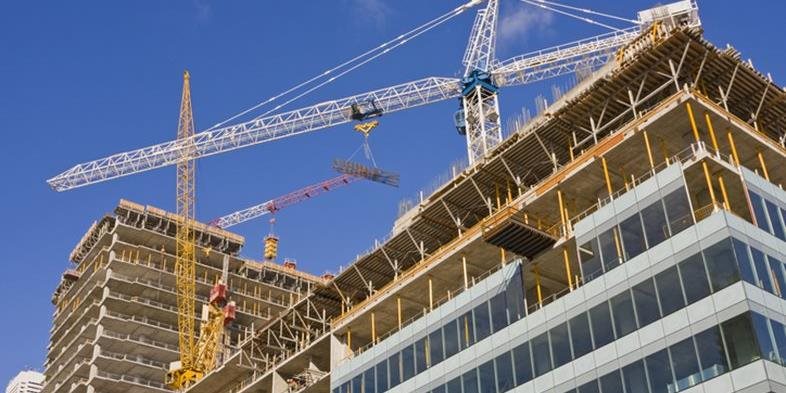Québec - New regulations to amend the Construction Code, Chapter I – Building and the Safety Code - Chapter VIII - Buildings

On December 16, 2020, the Québec government proposed new regulations under the Building Act; namely draft regulation to amend Chapter I, Building, of the Construction Code [PDF] (the “Building Regulation”) and draft regulation to amend Chapter VIII, Buildings, of the Safety Code [PDF] (the “Safety Regulation”). These regulations are in response to Québec’s signing of the Canada-wide Agreement on Construction Codes and follow the Québec government’s proposal to incorporate by reference the 2015 edition of the National Plumbing Code of Canada, with amendments, into the Construction Code, Chapter III (the “Plumbing Regulation”). The Plumbing Regulation was approved on February 10, 2021.
The Building Regulation is intended to adopt by reference the 2015 edition of the National Building Code (the “NBC”), which includes the September 2018 revisions and errata along with the Québec amendments. As for the Safety Regulation, it integrates the 2015 edition of the NBC as the applicable standard for the alteration or construction of a building and it harmonizes most of the Safety Code references with those of the Construction Code. Most provinces and territories have adopted or adapted their regulations based on the 2015 edition of the NBC.
Once promulgated, the proposed regulations will align Québec’s construction requirements with national standards and will enable the use of new technologies and knowledge while at the same time reflecting the particularities of Québec. These include specific requirements for:
- buildings of combustible construction;
- ambulatory clinic occupancy;
- tents and air-supported structures, and
- prefabricated buildings and private seniors’ residences.
Since 1984, Québec has adopted all new editions of the NBC with amendments to address Québec’s particularities. Every five years, a new version of NBC, the model building regulation aiming to harmonize requirements across Canada, is published by the National Research Council of Canada. Given that building regulation rests with provinces and territories, the NBC must be adopted provincially to come into effect.
The proposed regulations were open for public comment until January 29, 2021. As of the writing of this blog post, the proposed regulations were in the process of adoption.
The alignment with national standards will result in more than 360 new technical requirements applicable to the commercial, institutional, industrial and residential sectors. It will affect different players in the industry, the main groups being real estate developers, designers (architects, engineers, technologists and other professionals), contractors, workers of different trades in the industry and several categories of manufacturers and distributors of appliances, equipment and materials. The design and construction costs for new buildings are estimated to increase from 0.08% to 2.18%, depending on the surface area, height and usage. In comparison with current practices, additional costs to the industry in Québec are estimated at $211.3 million for the first year. Detailed information and analysis of several requirements and associated costs can be found in the regulatory impact analysis [PDF, French only] prepared by the Régie du bâtiment du Québec.
Notably, the new requirements aim to facilitate the accessibility of buildings and improve upon:
- safety of users on stairs and ramps;
- increased fire protection and building evacuation by requiring, among other things, the installation of sprinkler systems and residential fire and life safety warning systems;
- structural integrity of buildings with respect to wind, snow, ice and earthquakes; and
- health and safety of occupants in relation to ventilation, water cooling towers and drainage.
The proposed regulations do not generally apply retroactively, so that existing buildings are not required to be upgraded to comply with the new requirements unless otherwise provided for in the regulations (for example, in the case of alterations of an existing building or part of a building).
While the proposed regulations integrate new technologies and new knowledge and will contribute to enhance the health and safety of occupants and users, the industry will require an adjustment period to adopt and adapt to the new requirements.